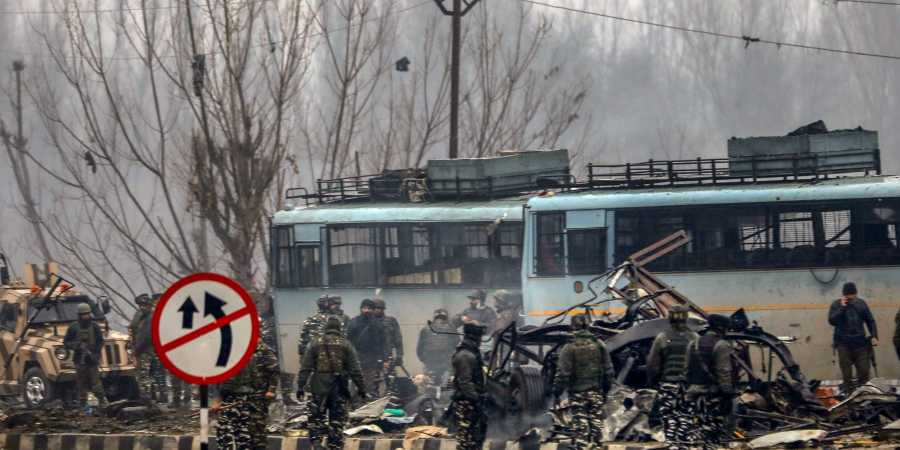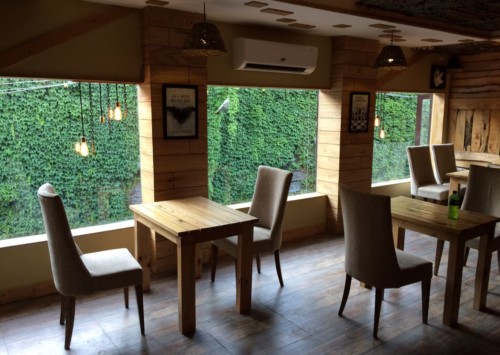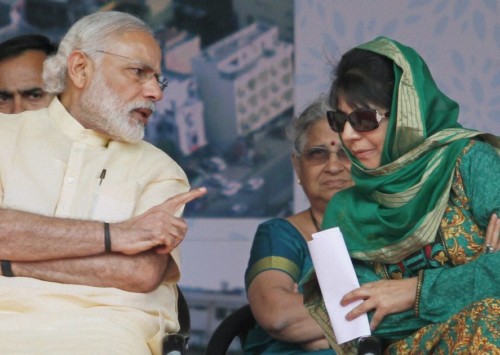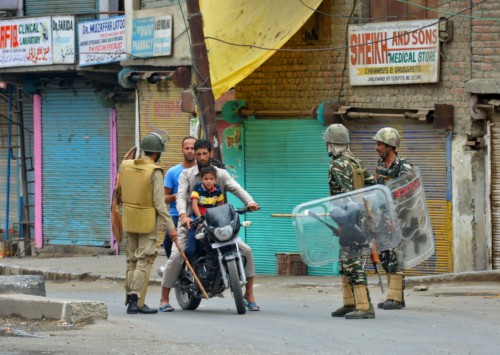Pulwama terror attack
The Pulwama terror attack shows up a series of failures and bad judgments by the Indian government and points to a tumultuous time ahead for Kashmir.
With hours of the worst-ever terror attack in Jammu & Kashmir that claimed 40 lives, the Indian government has upped the ante for extradition of Masood Azhar, head of the terror group, Jaish-e-Mohammed (JeM).
The outreach to the P5 countries – the United States, Russia, France, the United Kingdom as well as China – to explain the urgency of getting the United Nations Security Council to declare Azhar as a global terrorist is of course welcome. The declaration, if it comes, will oblige Pakistan to freeze Azhar’s assets and bring other sanctions, including a travel ban on him and effectively smother the organisation.
But India has so far failed to get the UN Security Council to act due to stringent opposition by China, on the flimsy grounds of ‘proper procedure needs to be followed’, a position reiterated by the Chinese government within hours after the Pulwama attack.
It is clear that India has been barking up the wrong tree in trying to get China to acquiesce on Azhar as long as he serves the need of Pakistan’s ISI and other masters that he may have. Also, India has not been consistent in its campaign to bag Azhar. For over a year, following the tense border stand off with China at Doklam, India has preferred not to raise the issue, at least publicly, with China to maintain a consistent pressure on the neighbour to accede to the Indian demand.
Unidimensional views
The Indian government has had a very unidimensional view of not just the issue of JeM and its chief, but also in its security and diplomatic actions. First, India raised the stakes against China, with its position at Doklam, which may or may not have been justifiable. At the same time, India was getting far too closely aligned with the United States and its priorities in the ‘Indo-Pacific’, seemingly having joined the ‘anti-China axis’ of Japan and South Korea.
New Delhi’s moves with the US as well as its stance on Doklam were definitely not well received in Beijing and alarmed China that it was being encircled by US-led forces. In such a situation, it was evident that for India to expect China to help in getting over a major pain point was nothing but wishful thinking. When the Doklam crisis ended and the ties began to thaw again, with Modi visiting China twice within a few months in 2017, the Indian government failed to use the moment to nudge China into changing its position on Azhar. Not just that, Indian officials began worrying that just raising the issue of JeM and Azhar could spoil the new-found camaraderie with the Chinese leadership and in their wisdom, India let go of the issue entirely, until the day after the Pulwama attack.
By dropping any reference to JeM and Azhar, clearly on top of India’s terror list, the officials have weakened our own case and given China another excuse to talk of ‘procedural gaps’ in this case.
On the ground in Jammu & Kashmir, India’s policies have yielded no better results. In an extremely short-sighted move, entirely for political gains for his Bharatiya Janata Party (BJP) after the last assembly elections in Jammu & Kashmir in 2014, Prime Minister Modi agreed for formation of a coalition government with People’s Democratic Party (PDP), even though the two parties differed on every thing, including the special status accorded to the state by the Indian Constitution as well as the security policy to be adopted in the state. While the BJP in New Delhi was crushing any local protest with a hard hand, the PDP was for softer approach and favoured negotiations. The coalition teetered on for over three years before collapsing under its own weight last year.
During this time, situation in J&K deteriorated to a position rarely seen since the violence began in 1989. Young students, including girls, barely 10-12 year old, were out on the streets protesting against the harsh clampdown by the security forces and for over two years the entire state seemed to have ground to a halt. A number of youth and other protestors were also hurt, including blindings, due to the use of pellets by the security forces for dispersing the protestors.
Many hard-core Hindutva elements in the party and indeed a couple of ministers had brought the entire Jammu region, which is Hindu, to a grinding halt when police arrested some people, including a priest, accused of raping and murdering a six-year-old girl. Social media groups, aligned to the party, were not only defending the accused and calling for their release, but also actually praising them for having raped and murdered a six-year-old child simply because she was a Muslim.
Rising violence in the valley
The violence has risen sharply, since 2016 when the Indian security forces launched ‘All Out Kashmir’ campaign, leading to over 247 deaths in militant-linked violence in the year, as against only 130 in 2015. The numbers have since continued to rise sharply with 384 deaths in 2017 and over 470 in 2018, the highest in a decade. A combination of the harsh approach used by the government, as well as a complete breakdown of governance and the resultant impact on the local economy, has led to a sharp rise in the number of local youths taking to arms and joining terror groups. The higher violence also saw a sharp rise in civilian casualties, often caught in the crossfire, which again led to fomenting anger amongst the locals some of whom accuse Indian forces of behaving like an occupational force.
The situation in Kashmir today seems to be worse than in decades as the local youth is almost entirely alienated not just with the central government, but also their own local leaders. The recently organised local elections showed up this alienation in the worst possible manner. The average voting in Kashmir region was in low single digits and almost 70 pc of the local councils saw no contest at all due to absence of candidates. Compared to this, the turnout in elections for the state assembly was very healthy and recorded 66 pc.
With the withdrawal of the United States forces from Afghanistan, the situation in Kashmir is likely to worsen as the terror groups could receive assistance from a resurgent Taliban, which has been involved in fomenting trouble in Kashmir before as well. In addition to the Taliban, lack of political will in Pakistan to end the use of its territory by terror groups targetting India means that the cross-border attempts would continue. They can be foiled but only when large sections of Kashmiri people are aligned with India, as had been the case just a few years ago.
In its 30-years of insurgency, Kashmir has been on the brink before. Each time, the government has managed to pull it back from the edge of catastrophe. But with each new low in the situation in the valley, the walk back has become more difficult and takes much more time and effort. It is the classic case of one step ahead and two backwards. While countering the Pakistan-supported terror elements, the Indian government first needs to ensure that the locals stay with the Indian forces and not become weapons in the hands of jihadists battling for what is clearly a lost cause.













